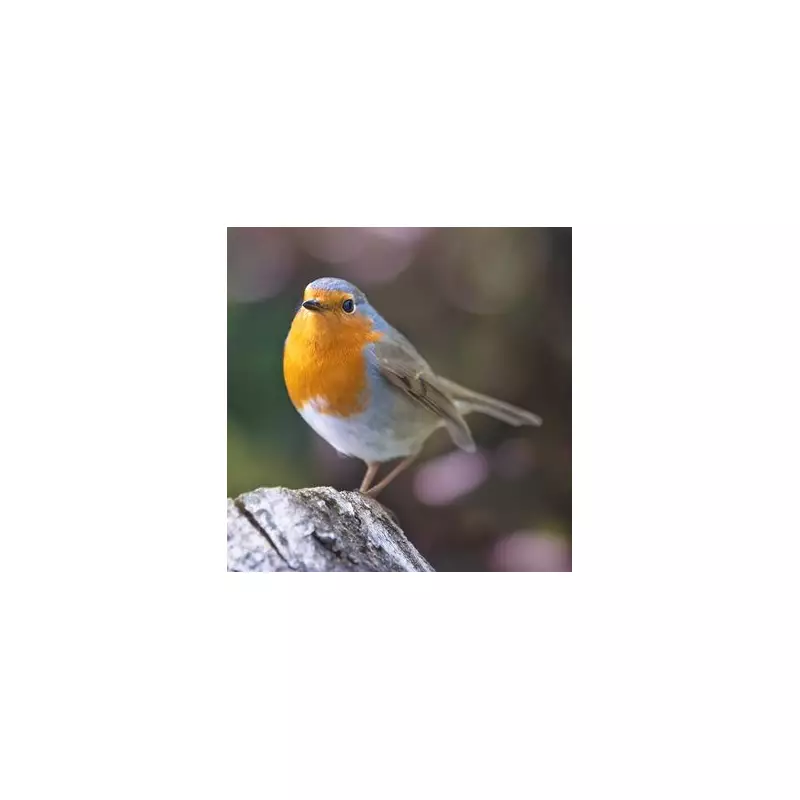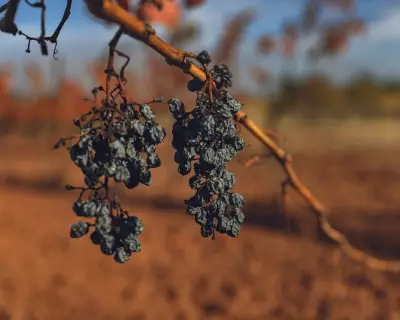
If you're hoping to see more of the UK's beloved robin redbreast in your garden, experts have revealed a remarkably simple method to encourage them to visit. The key lies in offering a specific type of food that these birds find irresistible, especially during the colder months.
The Secret Food Robins Love
While many people know that robins eat insects and worms, their fondness for fruit is a lesser-known fact that can be used to your advantage. Bird specialists, including bird seed producers Coles Wild Bird, confirm that a robin's diet is quite varied. Their diet generally features a lot of fruit such as holly, hawthorn and mountain ash berries, but they are also drawn to cultivated fruits.
This means you can easily attract them by leaving out offerings like apples, raisins, and dried cranberries. For the best results, it's crucial to prepare the fruit correctly. Chop apples into small, bite-sized pieces, and ensure dried fruits like raisins are soaked in water first. This makes the fruit plump and soft, which is much easier for robins' small, soft bills to handle and digest.
Why Winter is the Prime Time to Feed Robins
The months of November and December are particularly important for supporting robin populations. As the chill sets in, natural food sources like insects and berries become scarce, forcing robins to forage more actively in gardens. This is compounded by the fact that some robins from continental Europe migrate to the UK for the winter, boosting local numbers.
With less dense foliage on trees and bushes, robins are also much easier to spot during this season. You might even hear their unique 'autumn song' as they establish new winter territories. Providing nourishment through suet cakes, mealworms, or the recommended fruits helps maintain their health through this challenging time.
The Robin's Festive Connection
Robins have become an iconic symbol of Christmas, and this tradition dates back to the Victorian era. Postmen at that time wore bright red uniforms, which earned them the nickname 'robins'. Ever since, these charming birds have been intrinsically linked with the Yuletide season. By following this simple feeding tip, Brits can enjoy more delightful sightings of these festive favourites in their gardens throughout the frosty winter months.





